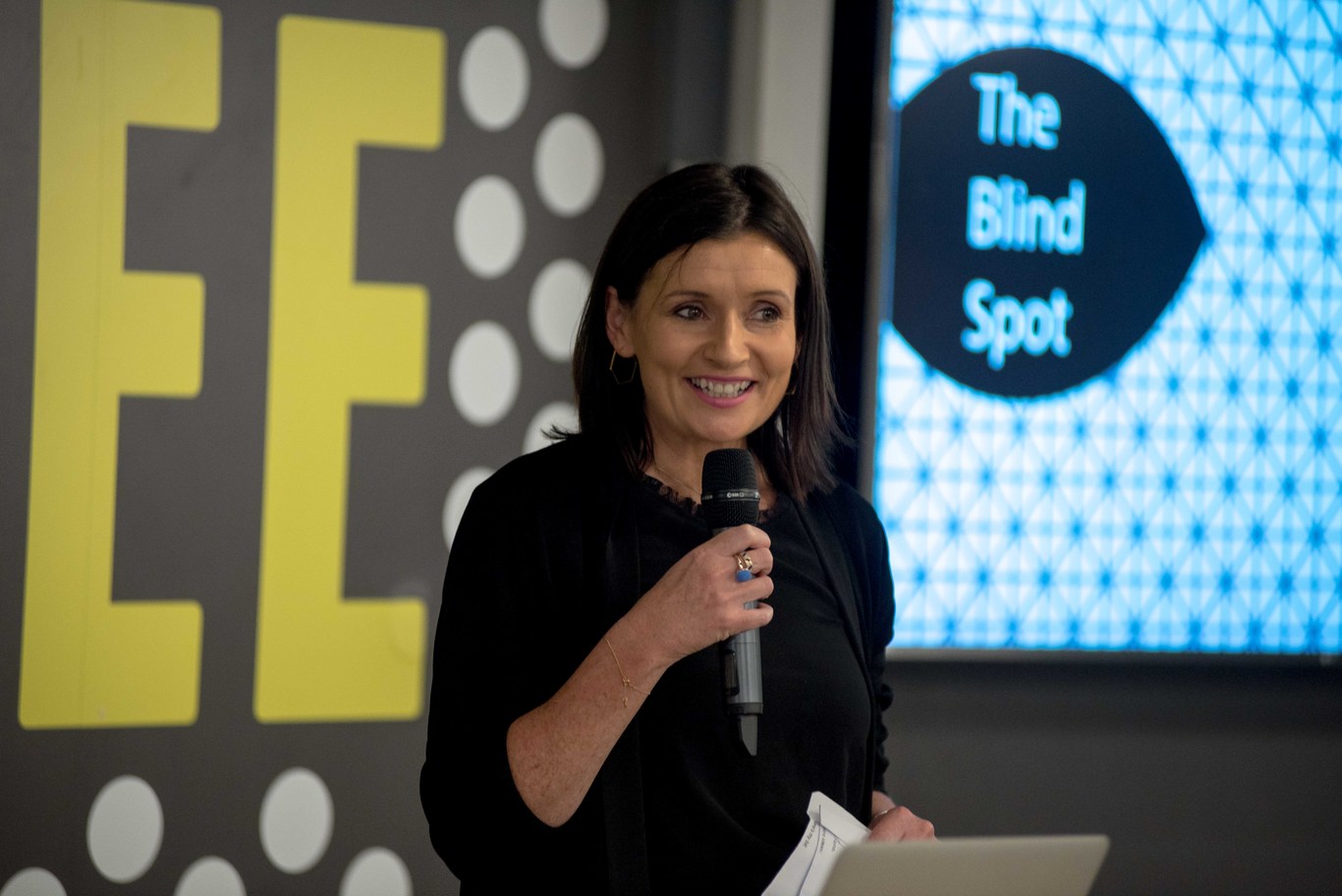Houston, we have a problem: Advertising's unconscious bias blackspot
Companies need to check their biases and hire a more diversified workforce.
I SHOULDN’T HAVE gasped when I read the latest IAPI census report citing that 20% of the advertising industry are under the age of 25. I have seen the gleaming white runners and headphones aplenty.
What I have always loved about our industry is that it is brimming with future thinkers and people with a keen eye on the new.
What’s not to love right? But as an industry, the harsh truth is staring up at us every day.
We are not reflective of the general population and this is a problem, particularly as we are hurtling towards a much older age profile. By 2051, the CSO predicts that the population over 65 will rise from 629,000 to 1.6 million.
This chasm is currently being compounded by economic factors, like the rental crisis in Dublin, which is ensuring that we not only have an age bias problem, but we will also have a socio-economic and geographic challenge to add to the mix.
Worlds apart
If middle Ireland is from Mars, agencies are from Venus. Our demographic makeup is at odds with the natural population of Ireland and there lies the problem.
Data driven marketing is the gold standard. However at times judgement is impaired by our own thinking and this is where confirmation bias is a challenge.
We are living in a virtual marketing echo chamber and perhaps it is time to call out that the Emperor isn’t wearing any clothes.
Surrounding ourselves with the same people will compound this already biased thinking and will stifle creativity, especially if we are not garnering the correct insights. We need to study the past and understand it to unlock future opportunities.
This was never more evident that the study Ebiquity carried out in the UK. This report was conducted amongst marketing and media industry individuals and looked at the gap between the perception of effectiveness of individual channels.
The results were shocking and painted a grim picture of the current thinking and pre-suppositions, versus the actual evidence. Agencies and advertisers ranked social media to be one of top drivers, when in fact, it was the traditional media that lead the charts from an evidence basis (TV, newspapers and magazines).

Taking responsibility
Diversity is now at the forefront of many boardroom conversations and no more so than in the advertising sector, but if we are going to truly tackle this complex area, we must take responsibility for the part that we play and how both the advertising and marketing sectors might be compounding and amplifying society in a negative way.
Ultimately, if we are not checking our biases, we will be powering ineffective advertising in possibly the wrong media, by not challenging and truly listening and responding to the real picture.
It is our duty to ensure we start looking at this seriously. We have a responsibility not just to the brands we represent in the industry, but also to the media owners to ensure that we are tackling bias within the industry and to do more to address this challenge.
How much damage is this misaligned thinking doing to the traditional media industry to the benefit of the FAANGs? Ironically, Facebook continues to invest in traditional media, taking full page ads in both British and Irish newspapers.
Forgetting the here and now
Future proofing our clients’ business has never been more important, but I would caution; are we living too far into the future? Is our makeup hurting our product or helping?
Perhaps it is because we are living and working in a world dominated by the Ubers, Amazons and an upgrade culture that we have been slowly seduced towards an over-focus on the new but let’s face it, not all brands are an Apple or an Uber. We are all so busy transforming that perhaps we are forgetting the here and now.
Thankfully, I don’t have many lasting memories of Leaving Cert exams, bar the scarring effect of Peig Sayers, but one philosopher that stuck with me was Francis Bacon.
In his essay Of Youth and Age, he painted a picture of the perils of youth and age. In it he wrote: “The errors of young men are the ruin of business; but the errors of aged men amount but to this, that more might have been done, or sooner”.
Of course, the message in this essay is not about one against the other, but what lies in the middle or a combination of youth and age to harness the strengths of both.
As an industry this is a pressing issue and we need to wake up to our blindspot. We must check our biases and hire a more diversified workforce. If we do this, the result could be a most potent combination.
Fiona Field, is the deputy managing director at Mediaworks and a board director of IAPI.
Get our Daily Briefing with the morning’s most important headlines for innovative Irish businesses.






